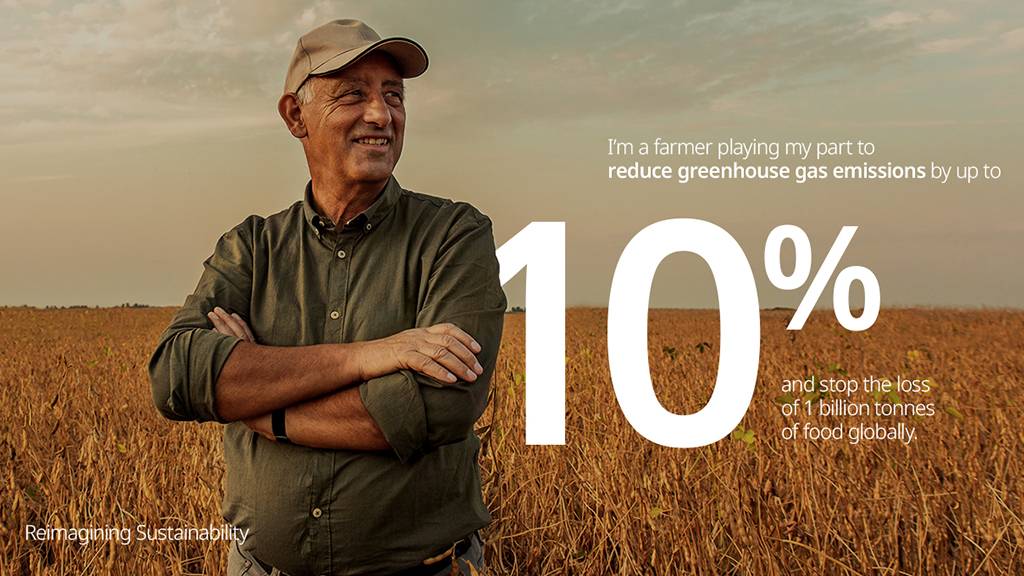Waste not want not
Did you know that one-third of all global food goes to waste? Food
that’s a result of seeds that farmers have carefully sown, crops that have been lovingly watered and
protected, and delicious fruits and vegetables that have been harvested and transported to consumers across
the world.
Food waste reduction offers a number of benefits
for the environment. Cutting food waste can secure food supply, combat climate chase, as well as reduce
pressure on water and biodiversity. Globally, around 1.8 billion tonnes of food are wasted very year.
Studies have shown that an estimated 8-10% of global greenhouse gas (GHG) emissions are
associated with food that is not consumed. According to some research, in the US alone, the production of
waste food generates the equivalent of 32.6 million cars’ worth of GHG
emissions. If food waste was a country, it would be the third highest emitter of emissions, after the US
and China.
At UPL, we have illustrated our commitment to
reducing food waste through the work of our DECCO subsidiary. DECCO is a global leader in providing
post-harvest solutions to reduce food waste and enhance the freshness of fruits and vegetables across the
food supply chain, from harvest to kitchen, as a result of pests, diseases and improper storage practices.
For example, our Argos biosolution is the first ever post-harvest, organic certified
fumigation technology to stop potato sprouting in warehouses. Derived from orange oil, it is a simple and
cost effective solution that ensures as many of these staple crops reach tables fresh and healthy as
possible.
Furthermore, thanks to DECCO’s solutions, more
than 15 million tons of fruit & vegetables are protected every year. Our storage products are implemented to
prevent decay and loss of freshness, removing the need to discard potential bad produce. With our solutions,
half of exported pineapples and 70% of exported cherries are
protected by DECCO. Cutting food wastage would also do more than help achieve net zero, it would help meet
rising food demand of the growing population. Its estimated food production will need to
increase by 60% if it is to meet demand.

